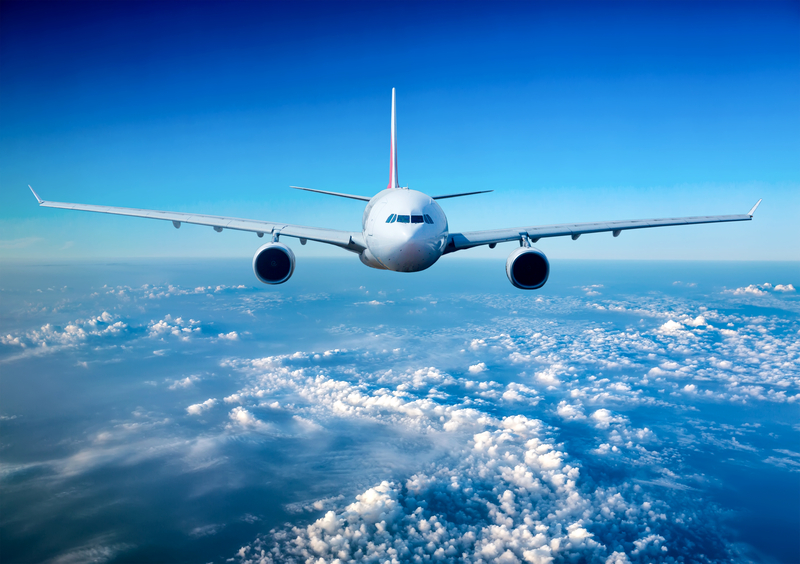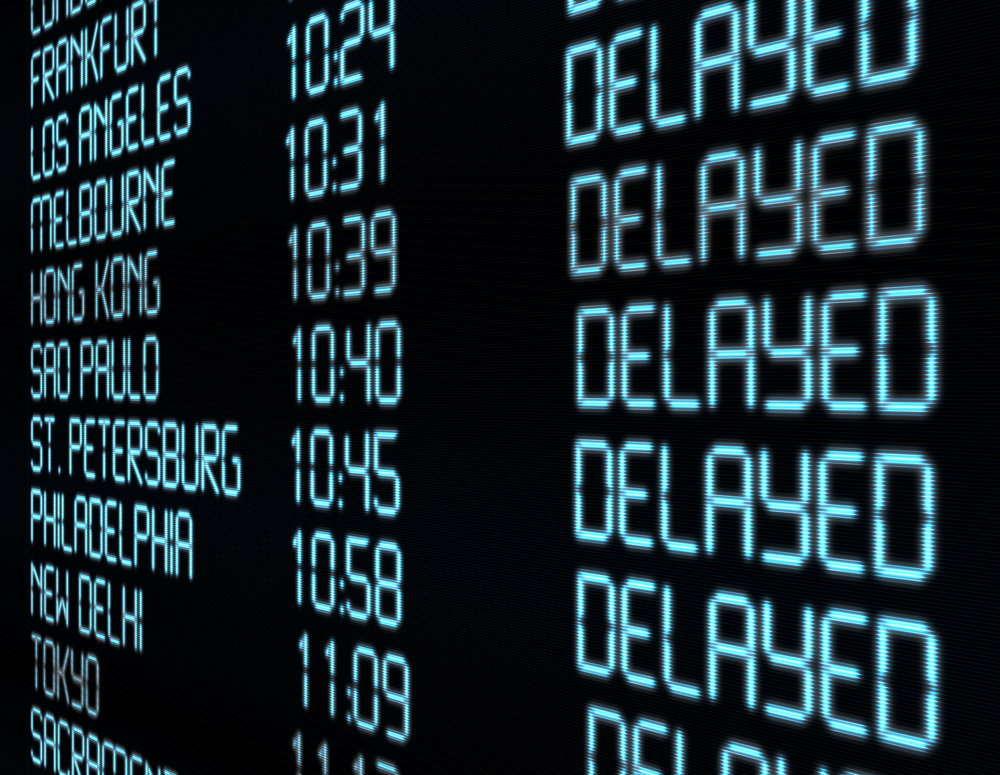The customs process can be confusing, even for seasoned travelers. The answers to questions like, “when do you go through customs?” and “how long do customs take?” vary based on your departure city, your port of entry, your citizenship status and more. Customs inspection may be combined with the immigration process, like when you enter the United States, or they may be separate processes, like in the EU. Knowing what to expect when you go through customs is a matter of researching these details before you travel. However, there are some basic rules about how customs works that you’ll want to follow when you do.
When Do You Go Through Customs?
Generally, you’ll go through customs when you arrive in a country that is different from the one your flight departed from. You’ll encounter the customs process while making your exit from the final destination’s airport. Many wonder, “do I have to go through customs for a connecting flight?” This is a common question amongst international travelers, and the answer is usually “no.” As long as you’re not leaving the airport, your bags are checked through to your final destination and you have a boarding pass for your next flight, you won’t have to go through customs. You will, however, go through a security screening.
There is one exception to this rule: If your connecting airport is in the same country as your final airport, you’ll likely need to claim your bags and re-check them, causing you to go through customs in the process. Then you’ll transfer to a domestic terminal, and you won’t have to go through customs again at your final destination. For example, if you’re flying from New York to Berlin to Munich, you’ll go through customs in Berlin, then re-check your bags at the domestic terminal for your flight to Munich. When you arrive in Munich, you won’t have to go through customs again.
Flying Within Europe
Now what if you have a connecting flight within Europe but the connection is not within the same country as your final destination? Do you have to go through customs for a connecting flight in Europe? It depends. If you’re flying within the EU, for example from Paris to Rome, you won’t go through customs because both countries are in the Schengen Zone, an area that includes most (but not all) of Europe as well as some non-EU countries.
There is no customs inspection if you’re flying within this zone. However, if you’re flying from a non-Schengen Zone country (e.g. the UK or the US), and you leave the airport, you’ll need to clear customs.
Flying To The United States
If you’re flying to the United States, you may depart from a “pre-clearance” airport. This means you’ll go through customs before you board your flight in the departing country and will not have to go through customs upon landing in the US. In Europe, the only two pre-clearance airports are Dublin and Shannon, in Ireland. If you’re departing from these two cities and heading to America, you’ll want to arrive earlier than usual to leave time for the customs process.
Delayed or Cancelled Flight
If your connecting flight is delayed or canceled, and you need to leave the airport to get a hotel, you’ll need to go through customs. However, you may be entitled to compensation under EU 261 . The bottom line is that if you fly to a country different than the one you departed from, you’re not within the Schengen Zone, and you leave the airport, you’ll pass through customs on your way out.
Customs is the agency tasked with controlling what enters the country, including food, plants and animals and any potentially hazardous items. The customs process is often combined with immigration, the agency tasked with ensuring visitors are there legally, so we’ll talk about both here.
What Do You Need To Bring With You?
If you will be going through customs, you’ll usually need to fill out a customs declaration form. If you’re wondering, “how long does customs take?” the answer may vary. One tip to help ensure the process will be faster is to have your declaration form printed and filled out ahead of time – they’re usually available online. At the very least, bring a pen. It can be a long wait at one of the booths in the customs hall, especially during the holidays and busy travel times. One of the top holiday travel tips for international travelers is to always be prepared!
For the immigration portion of the process, at a minimum, you’ll need your passport and a valid visa. Most countries require visas even for tourists. Tourist visas limit the length of your stay, usually to 90 days or less. If you’re staying longer, you may need a different type of visa. Always check the requirements of the country you are visiting. This will also give you an idea of other types of documentation you may need, like a disembarkation card (given during your flight by a flight attendant), immunization records or other paperwork.
Step-by-Step: The Customs Process
As you can see, official customs and immigration control varies based on your departing country and your destination country. We’ll go over the steps for the following scenario: You’re flying from Paris to New York. How does customs work? And how long does it take? Here are the steps you’ll go through:
1. Board Your Departing Flight
When you board your flight, you’ll go through a typical security process: checking your luggage and declaring there’s nothing hazardous in it, scanning carry-on bags and so on. Beyond the usual questions about hazardous items in luggage, you won’t need to declare anything else you’re leaving the country with. So when do you go through customs? Customs inspection always takes place at the port of entry.
2. Fill Out Your Customs Form
On many international flights to the US, the flight attendants will hand out customs forms on the plane, before you disembark. If you didn’t get one, don’t worry. You’ll be funneled through customs when you arrive and you can always pick up a form there. As we mentioned before, always bring a pen! Whether you fill out the form on the plane or at the customs hall, bringing a pen saves you time.
You’ll need your passport number and flight number, so make sure you have those handy. How do you know what to declare, or if you will owe any customs duty? The customs form will walk you through it. It will ask you some yes or no questions about items like food and large amounts of money. On the back, you’ll list “items of commercial value,” which includes things like duty-free items, souvenirs or gifts you’ve brought that you plan on leaving in the United States. If you’re just visiting the US, you don’t need to declare personal items that will travel back home with you.
3. Head to Passport Control
After you disembark, follow the signs for passport control. Customs and immigration control are combined in the United States, so you’ll need your passport, visa, and customs form. The lines at passport control are based on the country where your passport was issued. If you’re a US citizen, you still need to go through customs, but you’ll get in a different line than an EU citizen.
You’ll give the officer your passport and customs form, which they will verify and return to you. If you’re visiting from abroad, the officer will give you an I-94 form, which you will need when you leave the US. They will ask you questions about why you’re coming into the country, where you’re staying and how long you’re staying for. If you’re worried about how long customs takes, bringing documentation that proves the reason for your visit, such as a letter from your host, can speed up the process. Finally, all international travelers will be fingerprinted and photographed.
4. Claim Your Luggage and Clear Customs
Now, finally, the answer to, “when do you go through customs?” After passport control, you’ll claim your luggage and make your way to customs. If you have nothing to declare, you can get in a line with a green arrow. If you have goods to declare, get in a line with a red arrow. Here, the customs agent will ask you questions about what you’ve brought with you and where you have visited recently. Be specific and answer promptly to clear customs quickly. If you’re chosen for a search, customs agents will search your bags by hand or X-ray and ask you more questions about your trip. Of course, it’s always smart to be polite and cooperative.
5. Enjoy Your Trip
Once you clear customs, you’re good to go! Take your bags and make your way to the lobby, where you can catch your ride to your final destination. Enjoy your trip!


